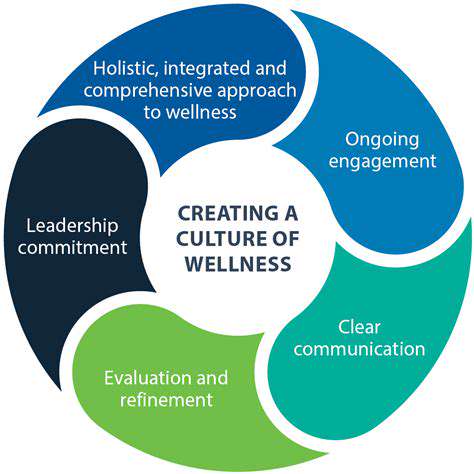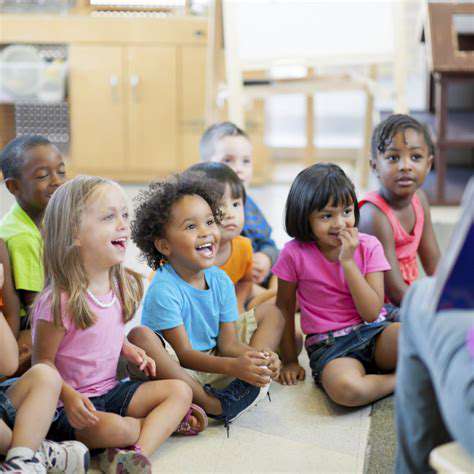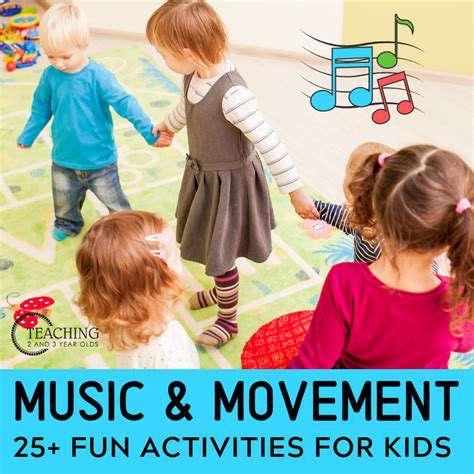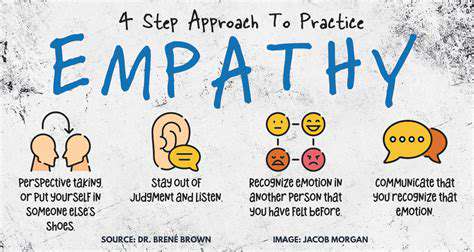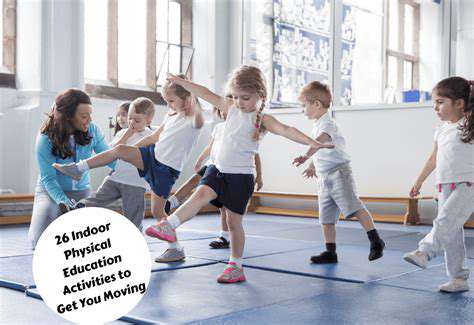Supporting Children Through Life Transitions and Changes
Index
Children may exhibit a variety of emotional responses during significant life changes.
Support strategies include emotional validation and maintaining regular routines.
Parents demonstrating healthy emotional expression can help foster resilience.
Peer relationships significantly alleviate feelings of loneliness during transitional periods.
Be mindful of the specific indicators of children's adaptation difficulties.
Severe changes may require professional psychological intervention.
Open dialogue helps children release underlying concerns.
Active listening fosters emotional connection between parents and children.
Supportive tools enhance communication about sensitive topics.
Regular exchanges normalize emotional expression.
Stable routines reduce anxiety levels in children.
Involving children in planning enhances their autonomy.
Differentiated coping strategies improve adaptation outcomes.
Developing emotional management skills should be a gradual process.
Integrating community resources can strengthen the support network.
Involvement in the process enhances children's sense of control.
The Psychological Impact of Life Changes on Children

Age Differences in Emotional Responses
When faced with relocation, changing schools, or alterations in family structure, children of different ages exhibit unique coping patterns. Preschool children may express anxiety through behavioral regression (such as bedwetting), while teenagers often display emotional fluctuations or social withdrawal. Understanding these developmental stage characteristics can help parents implement targeted support measures.
It is noteworthy that the timeline for children processing events differs significantly from that of adults. The impact of a relocation may only become evident three months later through repeated themes in children's artwork; such delayed responses require educators to maintain ongoing observation.
A Four-Step Method for Transitional Support
- Establish an emotional safe zone.
- Maintain visible anchors in life.
- Create diverse channels for expression.
- Set progressive adaptation goals.
For example, before a move, parents can create a memory box with their child to store significant items from their old home. This tangible process can aid children in completing their psychological transition. Keeping the tradition of family movie night on weekends can help maintain necessary continuity amidst changes.
The Key Role of Family Guidance
Parents' self-emotional management is the best textbook for children. When parents display constructive coping methods during job loss or change, children unconsciously mimic this resilience. I once encountered a case at a community center: a father shared three new discoveries with his child each day during his career transition, and this positive framing significantly reduced family anxiety levels.
It is recommended to set aside weekly 'emotional weather report' times, using sunny and rainy icons to indicate mood states. This visual tool protects privacy while promoting communication, especially suitable for more reserved children.
The Mechanism of Peer Support
Experiences from peer support groups for transfer students reveal that sharing experiences among peers can have a unique healing effect. A certain international school adopted a buddy family system, pairing local student families with immigrant families to help newcomers forge social connections through activities like cooking traditional dishes together.
Building Bridges for Genuine Dialogue
The Art of Choosing Dialogue Timing
Child psychologists have found that informal settings often yield the best communication outcomes. One father shared his experience: every time he drove his daughter, the safety of the enclosed space made her more willing to share her thoughts. This mobile conversation style avoids the pressure of face-to-face interaction and is particularly suitable for initiating sensitive topics.
Practical Listening Techniques
Effective listening comprises three levels: absorbing information, understanding its implications, and providing feedback. For example, when a child says the new school is boring, you might respond, \It sounds like you are still adapting to the environment; can you specify what feels different?\ Such progressive questioning can lead to deeper expressions.
Recommended Creative Expression Tools
In addition to traditional drawing journals, consider using emotional thermometer stickers: let children select different colored stickers each day to indicate mood changes. This visual recording helps children develop self-awareness and provides parents with insight into when to intervene.
The Wisdom of Building a Stable Framework
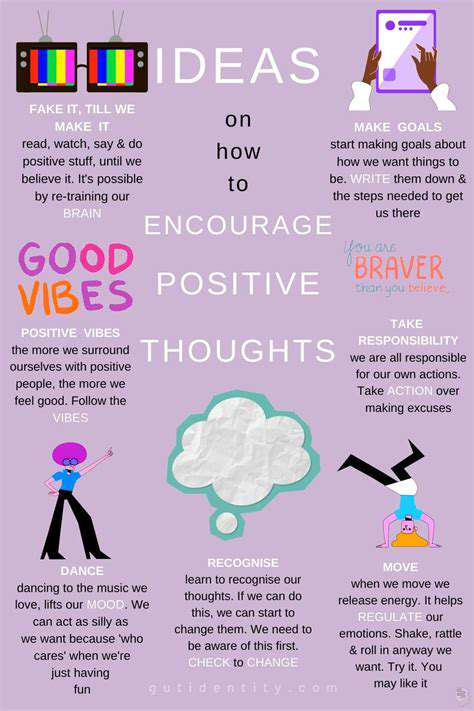
Principles of Flexible Routine Design
An ideal family schedule should be like a rubber band—maintaining its core structure while allowing for adjustments. It is advisable to divide the day into fixed segments (like dinner time) and variable modules (like game content). This design provides a sense of security while cultivating adaptability.
The Value of Child Participation
After 8-year-old Mingyu participated in planning the weekend schedule, his procrastination behavior reduced by 73%. This case demonstrates the significant effect of participation on behavioral improvement. The key is to offer limited choices, such as asking whether he prefers a sci-fi or historical bedtime story.
Systematic Thinking in Cultivating Adaptability
Integrating Community Resources
A community library’s project on stories of change is worth emulating: inviting parents from various professions to share pivotal life experiences enables children to understand the universality of change. This model of collective wisdom sharing is more impactful than one-way preaching.
Examples of Transition Ritual Design
Hold a room farewell party before a move, allowing children to capture corners of the house with instant cameras and create a commemorative album. This ceremonial act helps complete psychological closure, creating space for new beginnings.
